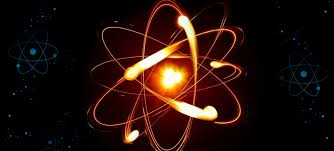DEPARTMENT: Biophysics
Third level 5th Semester:
Enzymology: BOT 332
COURSE COORDINATOR : Dr. Mona Abou El Nour
Significance of enzyme study:
1.Normal enzyme function is required for life maintenance
2.Medical treatment and diagnostic
3.Drug development
Third level 5th Semester:
Enzymology: BOT 332
COURSE COORDINATOR : Dr. Mona Abou El Nour
Significance of enzyme study:
1.Normal enzyme function is required for life maintenance
2.Medical treatment and diagnostic
3.Drug development
- Teacher: منى محمد محمدأبو النور .
- Teacher: امال مصطفي جمعه مصطفي حسين .

This course is divided into four chapters; 1- Nucleus properties, 2. Types of radiation, 3. Nuclear reaction and 4.Radioactivity. Students first receive an introduction to the concepts of nucleus properties including; nucleus shape and size, constituents of nucleus, nuclear stability and binding energy in chapter 1. Chapter two deals with the different types of radiation and properties. Chapter three discuss the nuclear reaction with the application of conservation laws. Fourth chapter show in details the radioactive nuclei and the decaying laws as well as different types of radiation detectors.
At the end of each chapter there is problems and applications for studied concepts.
At the end of each chapter there is problems and applications for studied concepts.
- Teacher: آية محمد محمد زغلول أحمد .

